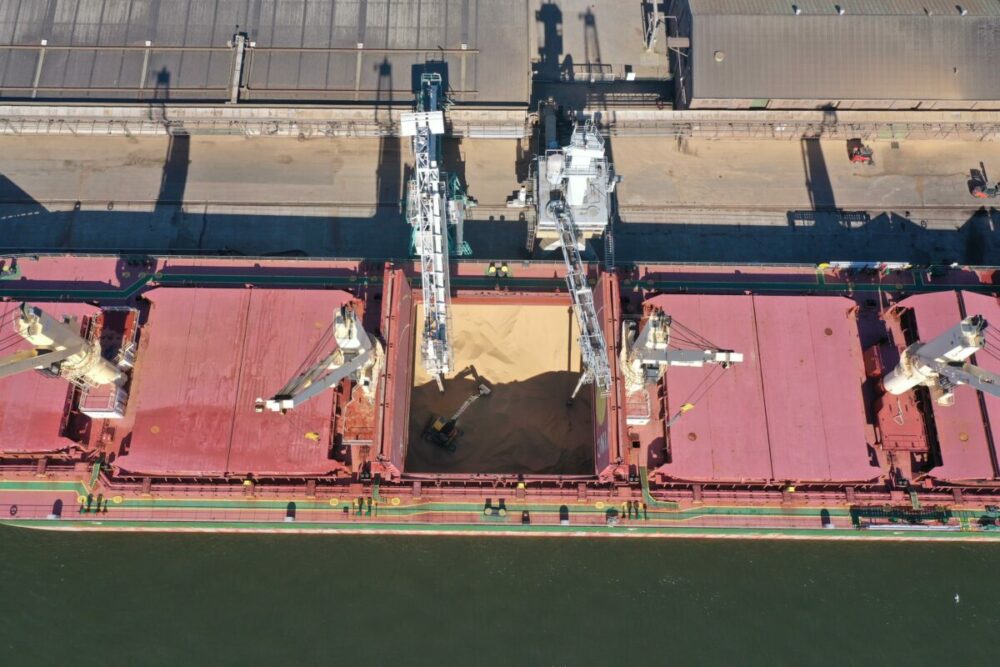
The Difference Between Load Density and Stack Weight
The structure of a ship is subject to strain during loading and bad weather conditions. The strain or load likely to be encountered by the ship’s structure constitutes perhaps one […]

The structure of a ship is subject to strain during loading and bad weather conditions. The strain or load likely to be encountered by the ship’s structure constitutes perhaps one […]
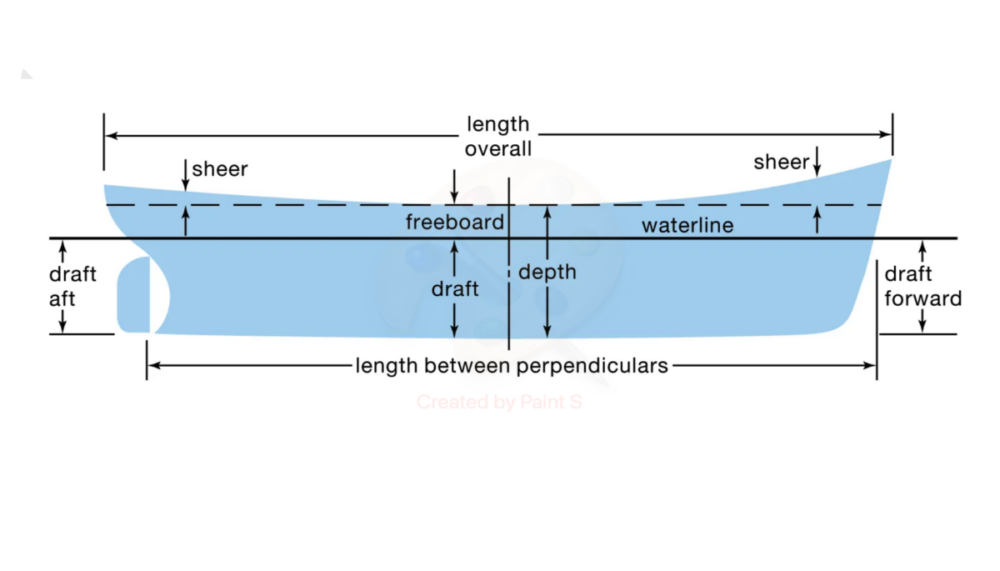
The word “sheer” in a vessel comes from the old Dutch word which implies implies “upturn”. In simple words, it defines the curve of the deck line viewed from the […]
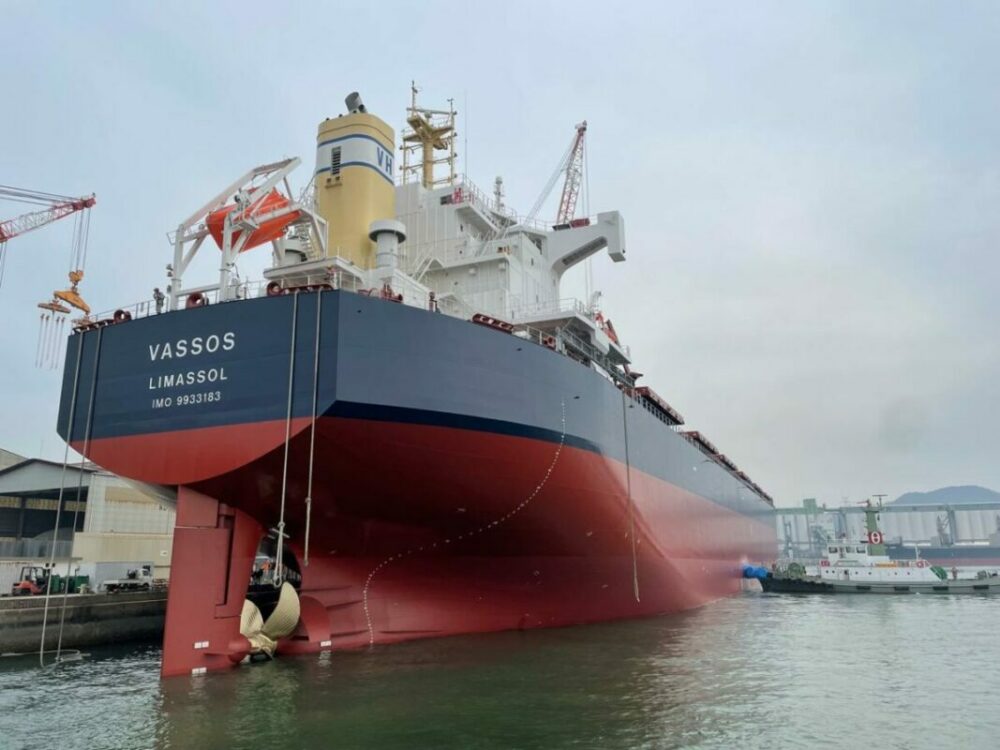
As the shipping industry was expanding in the early 2000s, there was a need for vessels more efficient than Panamax-designed ships. To address this, an innovative idea of a ship […]
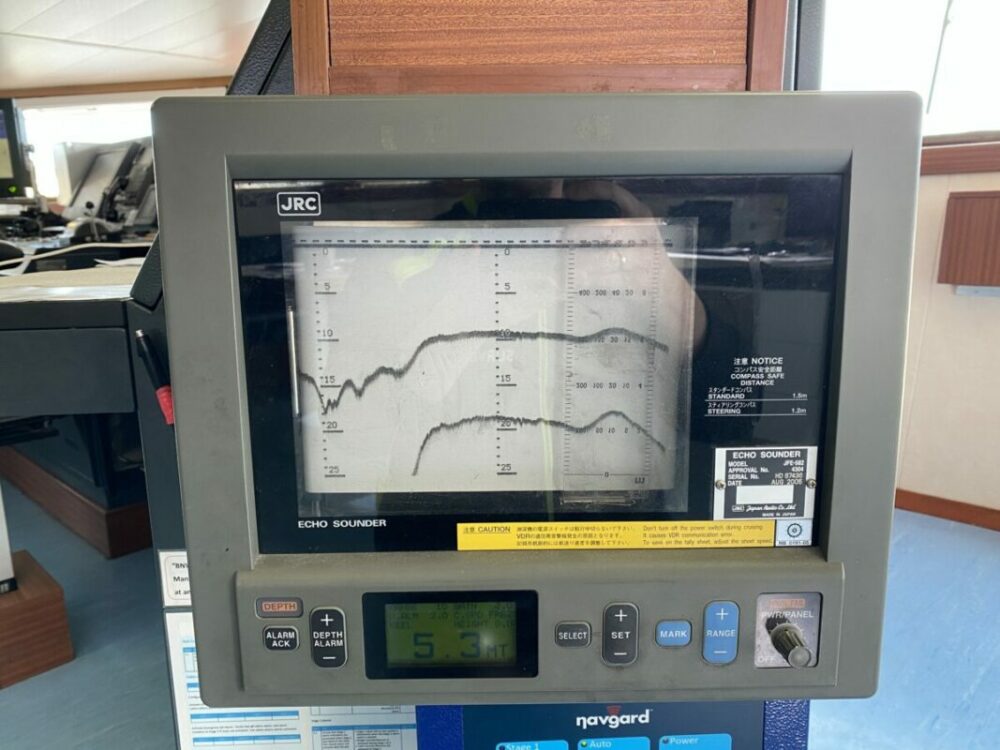
Grounding is one of many possible accidents that a vessel encounters. This happens when the bottom of the ship touches the seabed. The damage can be minor or it can […]
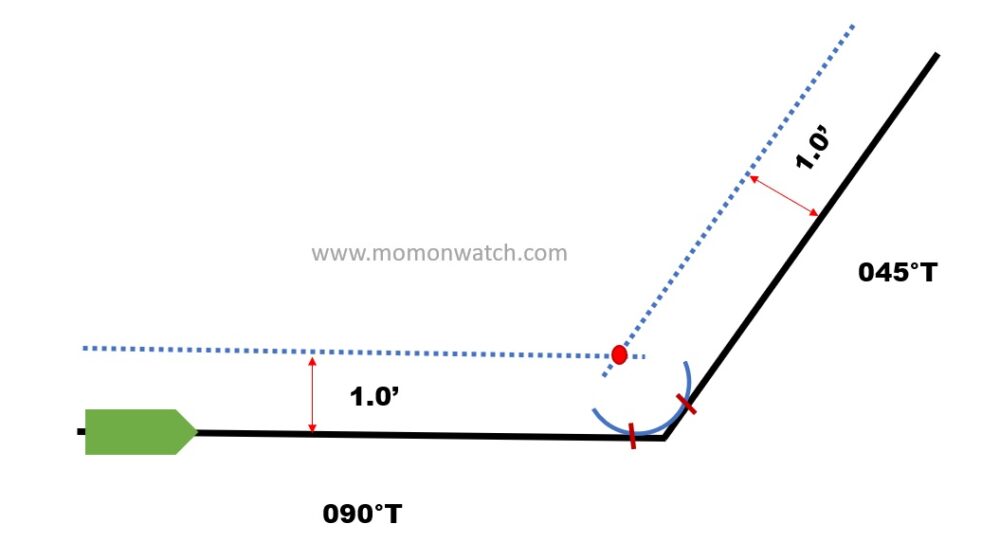
The ability of a ship to turn tightly and come exactly on the new intended track after altering course is an important issue in passage planning because of safety considerations. […]
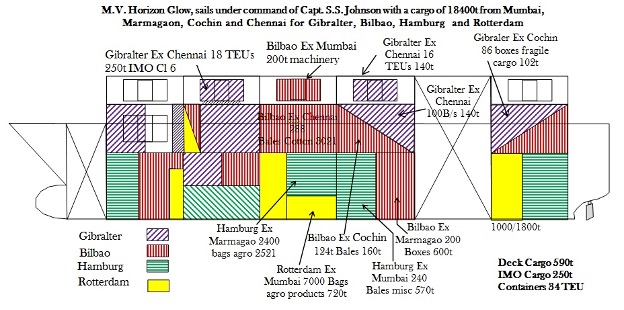
For a ship to be commercially viable for carrying cargo the spaces on board need to be optimally utilized. This means cargo cannot be dumped haphazardly into the cargo spaces […]

The merchant navy is a vital part of the global economy, transporting goods and materials around the world. Merchant ships are operated by commercial shipping companies and are used to […]

Although maritime transport is relatively a safe mode of transportation, accidents still do happen, and whenever these occur, there are usually huge personal, economic, and environmental costs. Most trading operators […]
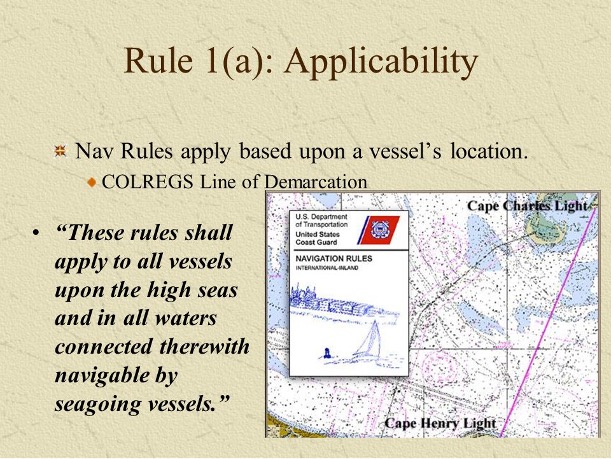
The COLREGs are the International Regulations for Preventing Collisions at Sea. They are a set of information, advice, guides, and mandatory rules that all ships must follow in order to […]
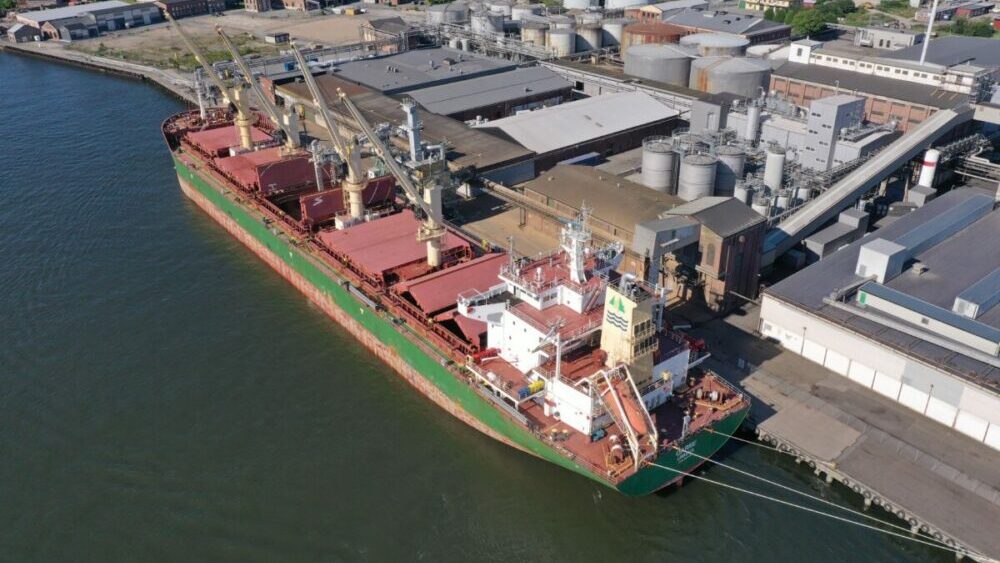
The first bulk carrier “John Bowes” was launched in 1852, and since then this type of vessel has been actively improved and developed. Modern bulk carriers are significantly superior to […]